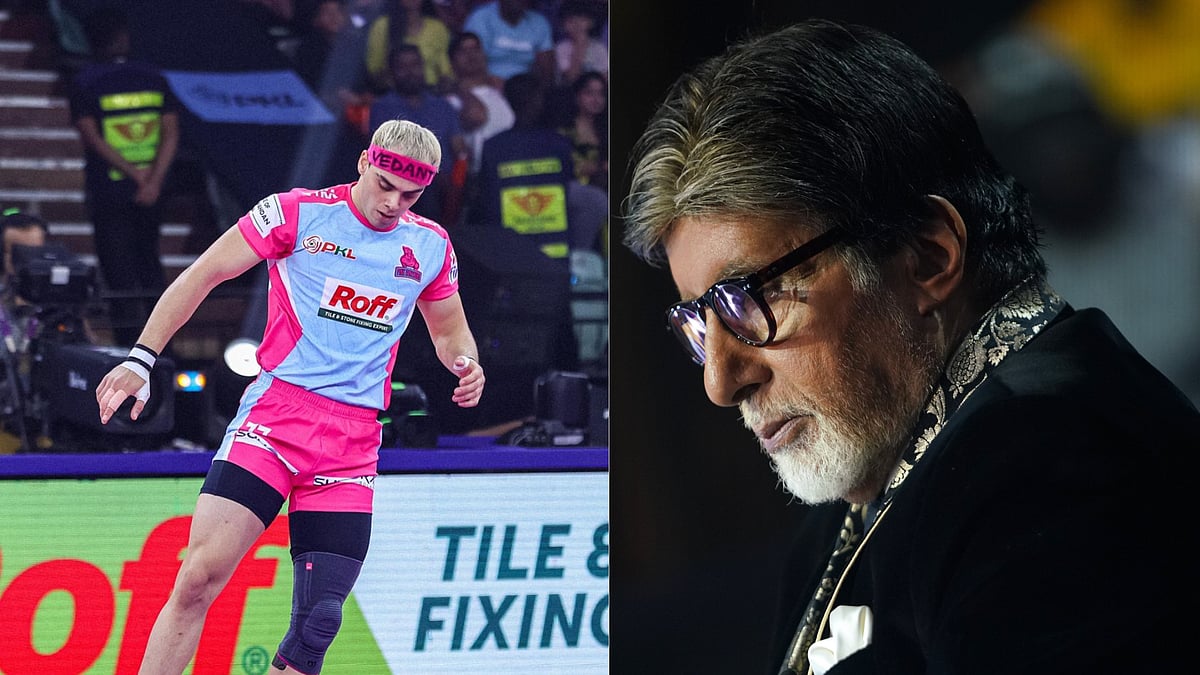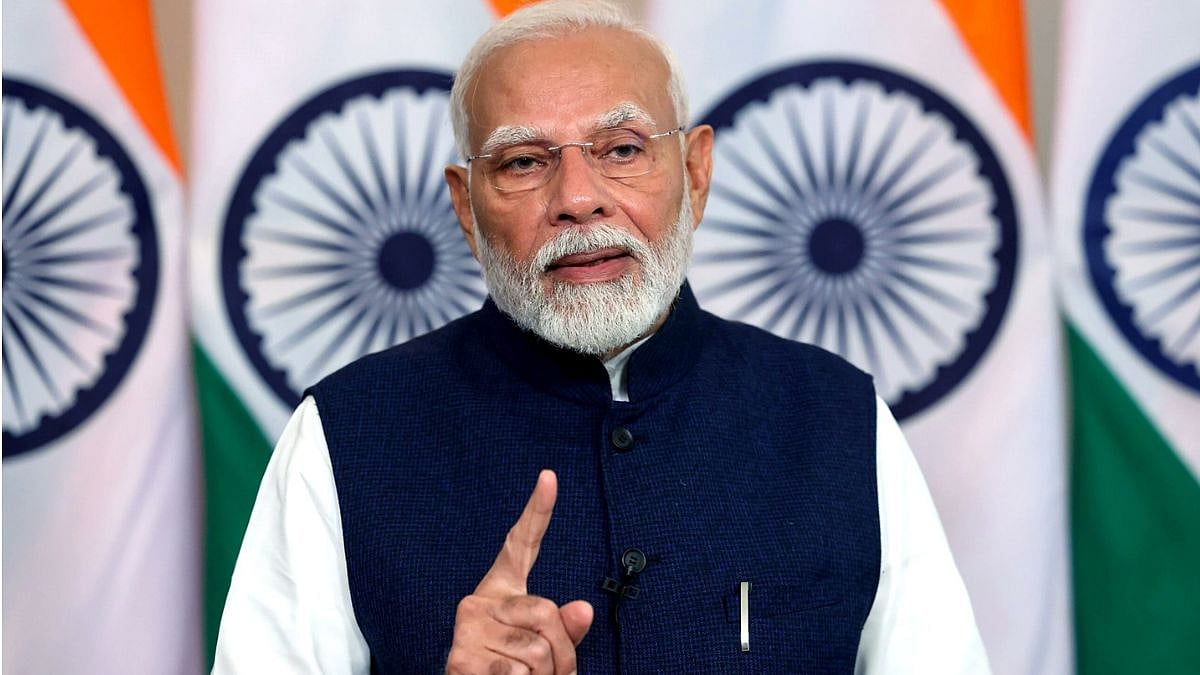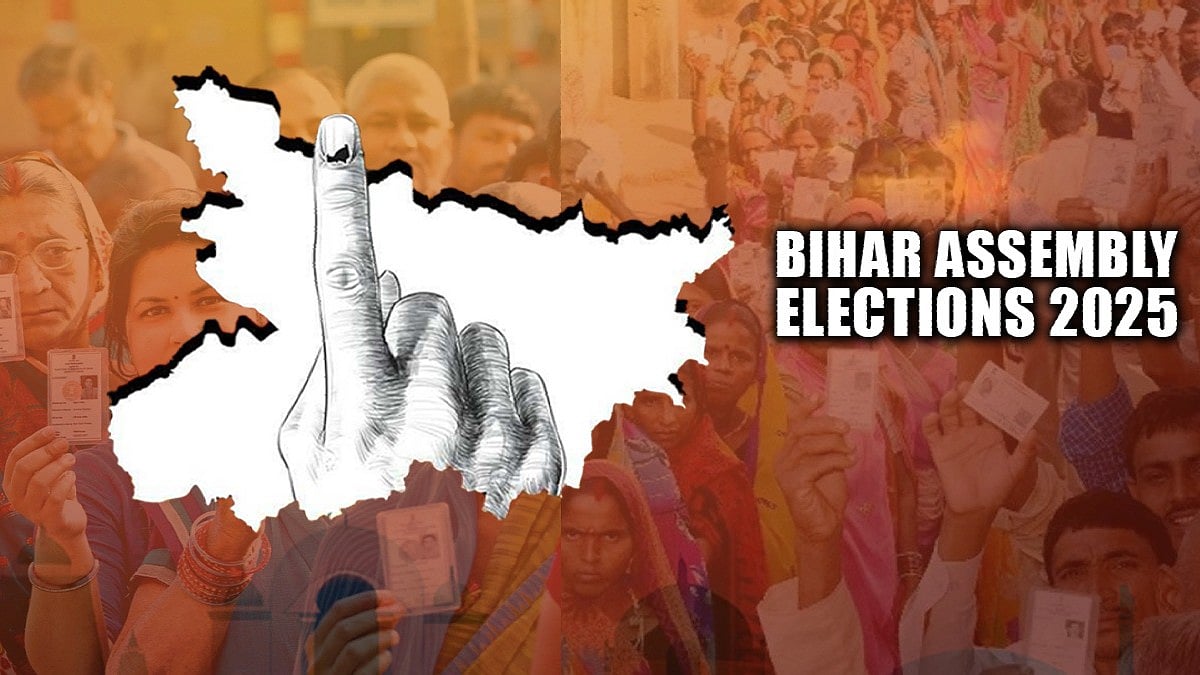From Pune to Patna, from Mumbai to Mangalore, citizens are gathering to make their last stand, to delay the inevitable, to derail the preordained, and save that one tree or a group of trees from the axe of the city planners and their contractors building metros and monorails, high rises and highways, flyovers, and footpaths. On normal days, these same folks complain about potholed roads, traffic jams, air pollution, and population pressures in their respective cities.
Nevertheless, in spite of their protests, the great ‘arboricide’ continues unabated, alongside the great urbanisation, as concrete, glass, PVC, and steel engulf the last of the green patches, the parks, the wetlands, the riverside, that small forested hill in the middle of the city, and that nearly hundred-year-old banyan tree with strands of fresh red and holy thread tied around its kumkum-and haldi-covered trunk.
Mainstream media loves the urban ‘tree-hugging’ protests. They are quick to depute, even embed, an intern or two at the protest site. It is local news, with a citizen as a hero and a faceless bureaucrat as the villain, and a vulnerable tree at the centre of it all. It has sufficient drama and is usually apolitical, basically a citizen-led distraction from more pressing issues for the front page.
Meanwhile, the confrontations that matter, like the ongoing protest against India’s largest oil refinery at Barsu, in the prime mango- and cashewnut- growing region of Ratnagiri, or the decades-long fishermen’s struggle against the siting of a multi-berth port in the prime fishing area of Vadhwan in Dahanu taluka, or even the stir against Mumbai’s new airport to protect prime agricultural land in Panvel, are usually buried in the back pages.
Oddly enough, despite the ‘Save the Tree, Save the Climate’ slogans and posters, the urban tree lover fails to connect the dots between the struggles in the hinterlands and the predicament of urbanisation and the consequent concretisation of the cities. Rarely does one hear the urban tree lover standing up or speaking on behalf of the fisherfolk and the farmers trying to protect their land for their livelihoods. Livelihoods, once lost, will force the farmers and the fisherfolk to come to Mumbai or Pune to find shelter in the already crowded slums and migrant settlements.
Already, climate refugees, ie, people forced to flee their lands as a result of climate-induced disasters like droughts, floods, heatwaves, cold waves, sea-level rise, salinisation of groundwater, crop failure, and water scarcity, are pouring into cities in large numbers, putting unprecedented pressure on urban infrastructure that was never designed for such large numbers.
A report published in December 2020 by ActionAid and Climate Action Network South Asia showed that even if the global community acts on their greenhouse gas (GHG) mitigation pledges and targets, India alone will see 45 million people forced to migrate from their homes by 2050 due to climate disasters — three times the current number of people on the move as a result of extreme weather events.
According to the ‘State of India’s Environment 2022’ report, India is the fourth-worst-hit country in the world when it comes to climate change-induced migration, with more than three million people forced to leave their homes in 2020–2021.
If the nearly-5,000 people who showed up for Chipko 2.0 to protect Vetal Tekdi in Pune, or the 10,000-plus Mumbaikars who came out on the streets to save a portion of the Aarey forest, and thousands of tree lovers in other cities, were to join hands with the struggles of the farmers, fishermen and the forest dwellers not very far from their cities, they would discover that the solution to all their urban woes and climate change is to invest in building local climate resilience and protecting rural economies.
In an extensive study across 15 states, the Centre for Science and Environment (CSE) found that wherever such an investment had been made, it brought benefits to villages while stemming migration. In fact, in villages where water harvesting was organised and ecological resources were used for the benefit of locals, reverse migration had begun.
The fact is that while the world’s population is doubling, the world’s urban population is tripling. Within the next few years, more than half the world’s population will be living in urban areas and that fact alone has sealed the fate of that tree, that park, that lake in your city.
Shailendra Yashwant is an independent environmental photojournalist and climate communications consultant










